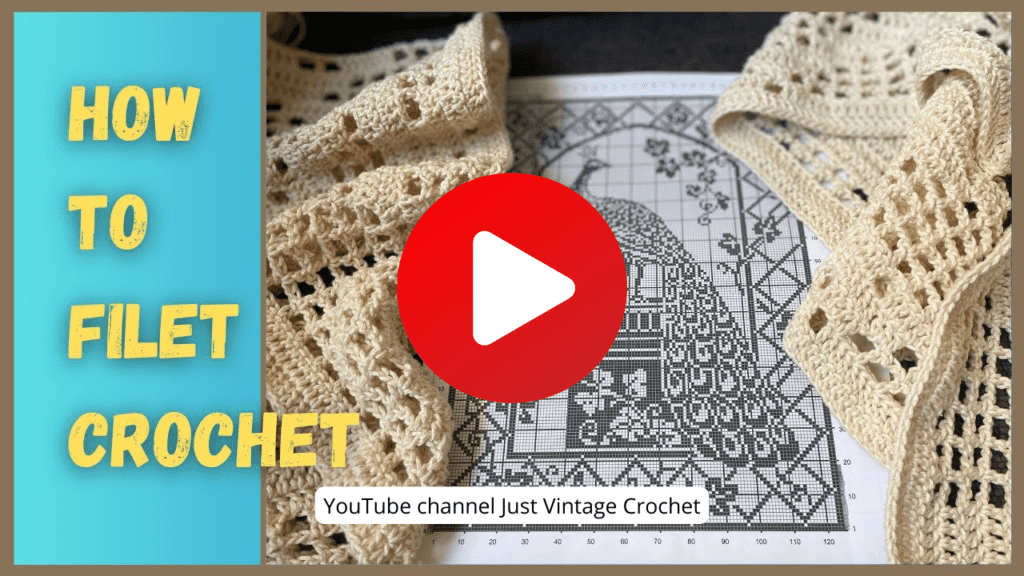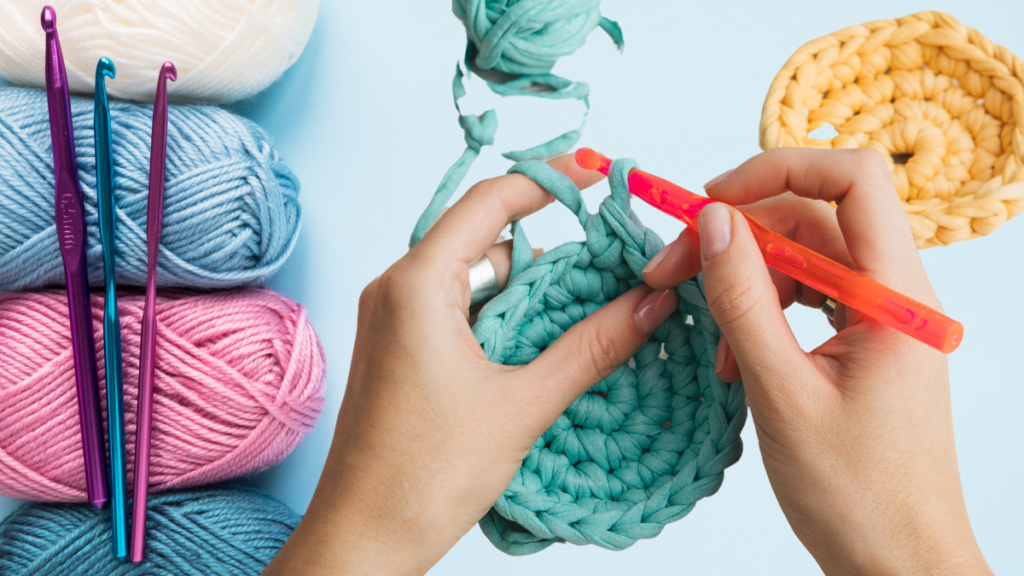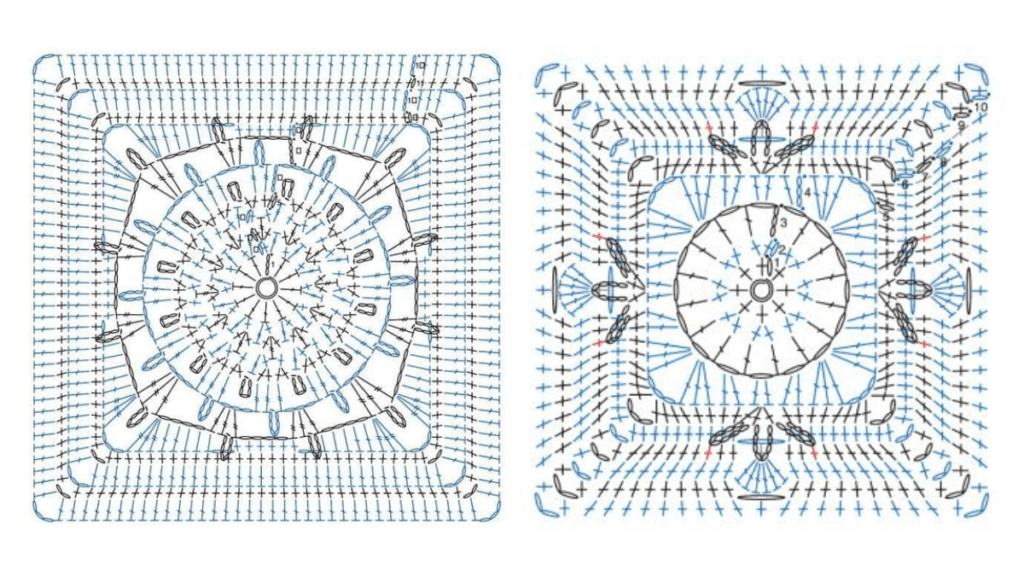If you love looking at crochet filet charts but don’t know how to do it, this material will help you learn in a very easy way.
Crocheting is a versatile and rewarding craft, and one of the beautiful techniques you can explore is filet crochet. This method allows you to create intricate, lace-like patterns that are perfect for home decor items such as table runners, curtains, or even wall hangings.
If you’re new to crocheting or Crochet Filet, don’t worry! This guide will take you through the basics, so you can start your first project with confidence.
What is Crochet Filet?
Filet crochet is a technique that involves creating a grid of open and filled squares to form a pattern or image.
The “open” squares are created using chain stitches, while the “filled” squares are made with double crochet stitches (or treble crochet stitches, depending on your pattern).
The result is a delicate and intricate design that can look complex but is relatively simple to execute.
Material needed to make file crochet
To get started with filet crochet, you’ll need the following materials:
- Crochet Hook: Choose a hook that matches the size of your thread. For beginners, a size 1.75 mm or 2 mm hook is a good starting point.
- Crochet Thread: A size 10 crochet thread is commonly used for filet crochet. It’s thin enough to create a delicate design but still manageable for beginners.
- Pattern or Graph: Filet crochet patterns are often presented in a grid format, where each square represents a stitch or a group of stitches.
- Scissors: For cutting your thread when you’re done.
- Yarn Needle: To weave in any loose ends.
Understanding the Basics
Before you start your project, it’s important to understand the basic stitches and how they work together to create the crochet filet design.
- Chain Stitch (ch): This is the foundation of most crochet projects. It creates the base upon which your stitches are built.
- Double Crochet Stitch (dc): This is the primary stitch used in crochet filet. It forms the solid parts of your design.
- Chain Spaces: These are created by making a series of chain stitches and skipping stitches from the previous row. They form the open squares in the grid.

How to Read a Crochet Filet Pattern
Crochet Filet patterns are typically presented as a grid. Each square on the grid represents either a filled square (made with double crochet stitches) or an open square (made with chain stitches and skipped stitches).
- Filled Squares: These are usually represented by a solid square on the grid. To create a filled square, you’ll make a double crochet stitch in each of the next few stitches (usually three).
- Open Squares: These are represented by an empty square on the grid. To create an open square, you’ll make a double crochet stitch, followed by a series of chain stitches (usually two or three), and then skip the same number of stitches from the previous row.
Well, before you start your first project, let’s take a look at a visual resource that we really like: the step-by-step video lesson. Only then will you better understand the content about crochet filet. For this, I selected the video from the YouTube channel Just Vintage Crochet

Starting Your First Project of crochet filet
Here’s a simple step-by-step guide to starting a basic filet crochet project:
- Choose Your Pattern: Start with a simple pattern, such as a small doily or a basic grid design. You can find many free patterns online, or you can create your own by drawing a simple design on graph paper.
- Create a Foundation Chain: Begin by making a foundation chain. The length of the chain will depend on your pattern. Make sure your chain is an even number.
- First Row: For the first row, you’ll create a series of double crochet stitches across the length of your foundation chain. This row will serve as the base for your grid.
- Second Row and Beyond: Follow your pattern to create open and filled squares. For an open square, make a double crochet stitch, then a series of chain stitches, and skip the corresponding number of stitches from the previous row. For a filled square, make a double crochet stitch in each of the next stitches.
- Repeat the Pattern: Continue following your pattern row by row until you reach the desired length or complete the design.
- Finish Off: Once you’ve completed your project, finish off by cutting the thread, pulling it through the last loop, and weaving in any loose ends with a yarn needle.
Tips for Beginners
- Start Simple: Begin with a simple pattern with only a few rows and a straightforward design. This will help you get comfortable with the technique without feeling overwhelmed.
- Count Your Stitches: Keep track of your stitches as you work. This is crucial in filet crochet to ensure your pattern comes out correctly.
- Practice Patience: Crochet Filet can be intricate and time-consuming, but the results are worth it. Take your time, and don’t be afraid to undo a few stitches if you make a mistake.
Crochet Filet is a beautiful and rewarding technique that allows you to create intricate designs with just a few basic stitches.
As a beginner, start with a simple project and gradually work your way up to more complex patterns. With practice and patience, you’ll soon be creating stunning pieces that showcase your new skill.
Read More: Different Crochet Stitch for Blouses and Blankets.


